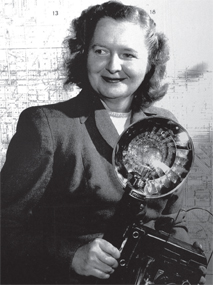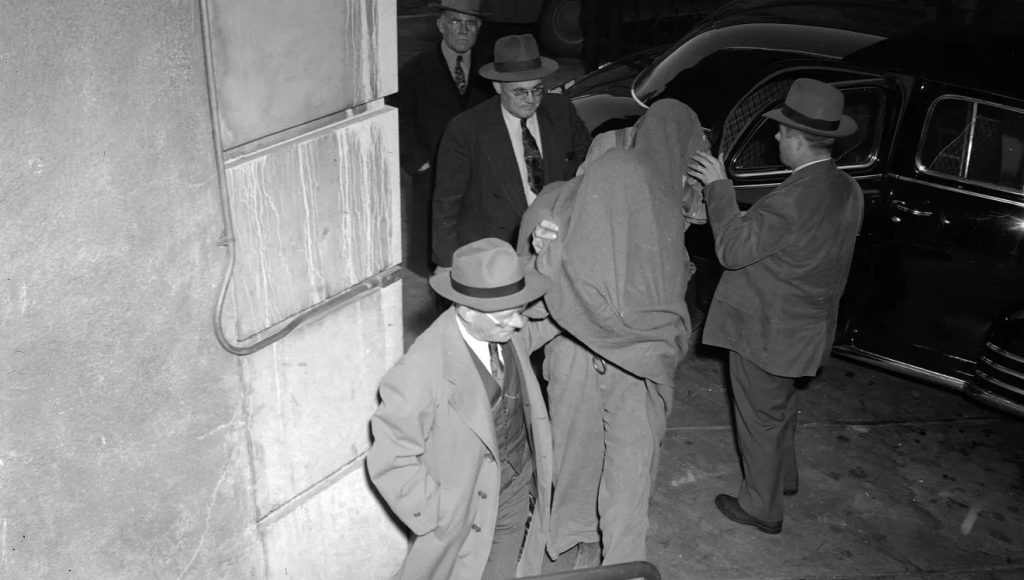A Photojournalist You Never Heard Of
In the lull between Christmas and New Year’s a high school classmate of mine, and regular reader of this blog, reminded me of the woman who was a photographer for our hometown paper, Betty Love.(1) The name rang a bell, but I knew nothing about her. I had decided to take the last ten days of the year off, so I had time to take a little dive down a rabbit hole.(2) I’m so glad I did. Love’s career was both singular and emblematic of the careers of many women journalists of the mid-twentieth century. I had no idea.
Love was an art teacher in Springfield ,Missouri’s elementary and junior high schools in the 1930s. In 1941, she took what was supposed to be a temporary job replacing the cartoonist at the Springfield News and Leader. (Given the timing, I presume the cartoonist she replaced had volunteered for World War II , though none of the sources say that.) Not surprisingly, her cartoons focused on the realities of wives and children on the home front, an unusual perspective for political cartoonists at the time. (4)
She was still the “temporary” cartoonist four years later, when the paper’s photographer, John Reading McGuire, was drafted. The paper’s editor, perhaps counting on Love’s artistic talent, handed her McGuire’s camera and told her she was now the photographer. She quickly taught herself the technical skills she needed to do the job, including how to develop film in the newspaper’s darkroom.
Love was the paper’s photographer for three decades, from 1945 until her retirement in 1975.
She was a photographer for a local paper, but her work was known beyond the Missouri Ozarks. One of her photographs helped change the rules governing news photography. In 1948, she was assigned to get a picture at the federal courthouse, where two prisoners were being brought in under the custody of federal marshal Fred “Bull” Camfil. Camfil told her she couldn’t take the picture. Love told him she had a first amendment right to do so. Camfil made the mistake of saying “The constitution be damned.” When Love continued to take pictures, the marshals threw blankets over the prisoners. Love’s photograph and Camfil’s foot-in-the-mouth comment made the wires. The incident led to a ruling that federal marshals and their deputies could not prohibit photographers from taking pictures of federal prisoners on the public way outside of a courthouse.
Love was one of the first women newspaper photographers, a pioneer of the use of color photography in daily newspapers a charter member of the National Press Photographers Association, and one the original inductees into the Missouri Journalism Hall of Fame.
I was fascinated by Love’s story, but it raised a question for me. How many women like her were there, working as hard-nosed journalists at smaller papers at the same time that Sigrid Schultz and a handful of other women were making their names in big city papers? And how do you find them? *****
If you know of a woman who worked in your local paper in the mid-twentieth century as a reporter or photojournalist, I’d love to know.
(1) Thanks, Tracy!
(2) Who am I kidding? I would have gone down that rabbit hole regardless. I always do.(3)
(3) My new motto in this regard regard comes from Zora Neal Hurston: “Research is formalized curiosity. It is poking and prying with a purpose. It is a seeking that he who wishes may know the cosmic secrets of the world and they that dwell therein.” (With a hat tip to historian and biographer Ray Boomhower, who recently shared this quotation.)
(4) At this point I drifted down a secondary rabbit hole on women political cartoonists and began to build a bibliography. Because I had a thought.
(5)Actually, now that I think about it, I have an idea or two about that. Hmmm.






